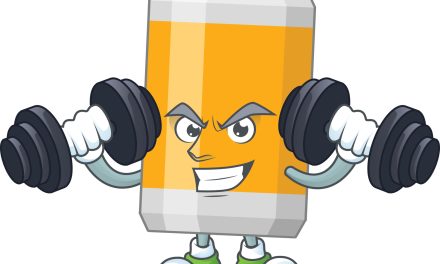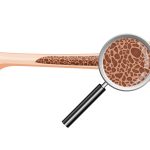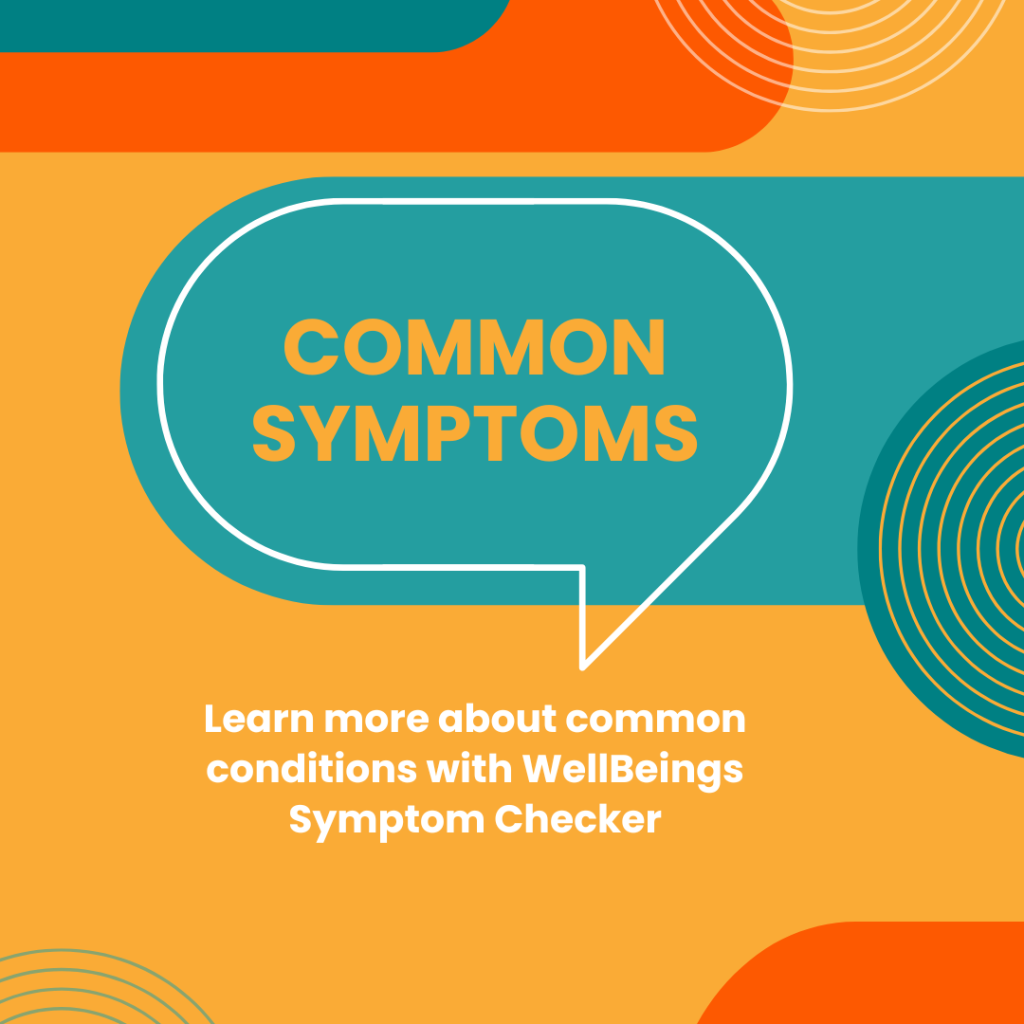No one enjoys talking about urinary incontinence, but you must know the facts
The involuntary loss of urine – this is how we understand urinary incontinence. Simply, it means that a person finds it difficult to control the flow of urine – which can lead to mishaps and leakages.
The bladder stores and removes urine. When emptying your bladder, the bladder muscle tightens while the sphincter relaxes/unwinds. The bladder neck and sphincter (valve) prevent urine from spilling.
Contrary to popular belief, urinary incontinence can affect anyone – it’s not specifically related to ageing. And it’s a common condition, definitely nothing to be embarrassed about!
Types of urinary incontinence:
- Stress: Usually comes on after coughing or sneezing.
- Urge: A sudden and pressing need to urinate.
- Overflow: Constant retention of urine, a weak urine stream and difficulty passing urine.
- Total incontinence: The continuous leakage of all the urine.
What causes urinary incontinence?
In women, the causes are typically: childbirth, injuries, or trauma during the delivery. Radiation treatments and previous surgeries around the urethra or bladder neck may also be to blame, as would be hormonal changes related to menopause. In men, urinary incontinence can result from damage to the urethral sphincter (the valve that controls urine flow) caused by prostate surgery, pelvic fractures, radiation therapy, or physical trauma.
Health checks can help with urinary incontinence
Health checks are important. Urinary incontinence isn’t dangerous, but as you get older, it can start to affect your daily quality of life, and even your self-esteem. Dealing with frequent urine leaks, sudden urges to go, or trouble emptying your bladder, may feel challenging, make you despondent, and want to self-isolate. This is why it’s necessary to see a doctor and get help sooner than later.
At the doctor or clinic, you’ll have some simple tests done. These include a urine analysis test which will help the doctor understand more. From these results, the doctor will recommend treatments or changes that work best for you.

Help at hand
Many people suffer in silence, assuming that incontinence is a normal part of life or ageing. Yet, it’s a condition that’s also treatable, and taking proactive steps now can drastically improve your quality of life. Regular health checks are essential to detect potential urinary incontinence and monitor other aspects of your health.
Where to start? A healthy lifestyle can go a long way in reducing the risk of urinary incontinence.
Keeping your weight in check is important since excess weight puts extra pressure on your pelvic floor muscles. Try to add more pelvic floor exercises to your workouts to strengthen your core and pelvic area to build resilience.
You may think you need to cut back on drinking water, but it’s the opposite. Keep up with your water intake, and go easy on foods and beverages that irritate the bladder, like caffeine and alcohol.
The best diet is one that has plenty of fibre that comes from vegetables, fruits, and wholegrains to keep constipation at bay.
If you’re still smoking – why? Stubbing out cigarettes for good helps your overall health, and minimises bouts of coughing that often strain your pelvic floor.
Thankfully, urinary incontinence is treatable, and there are several options your doctor may suggest to help you manage or improve the condition.
Bladder training can help increase the time between bathroom visits, as you train your bladder to hold more urine. This is a practical way to gradually regain control and reduce the frequent and sudden urges to urinate.
The right treatments empower you to manage urinary incontinence, so ask for help!
- If you are obese or overweight, look into losing excess weight.
- Stop smoking immediately.
- Take the time to learn how to do pelvic floor exercises, and do them regularly.
- Clean up your diet. Eat more fruits, vegetables, and wholegrains, and drink plenty of water.
Images: Freepik





















